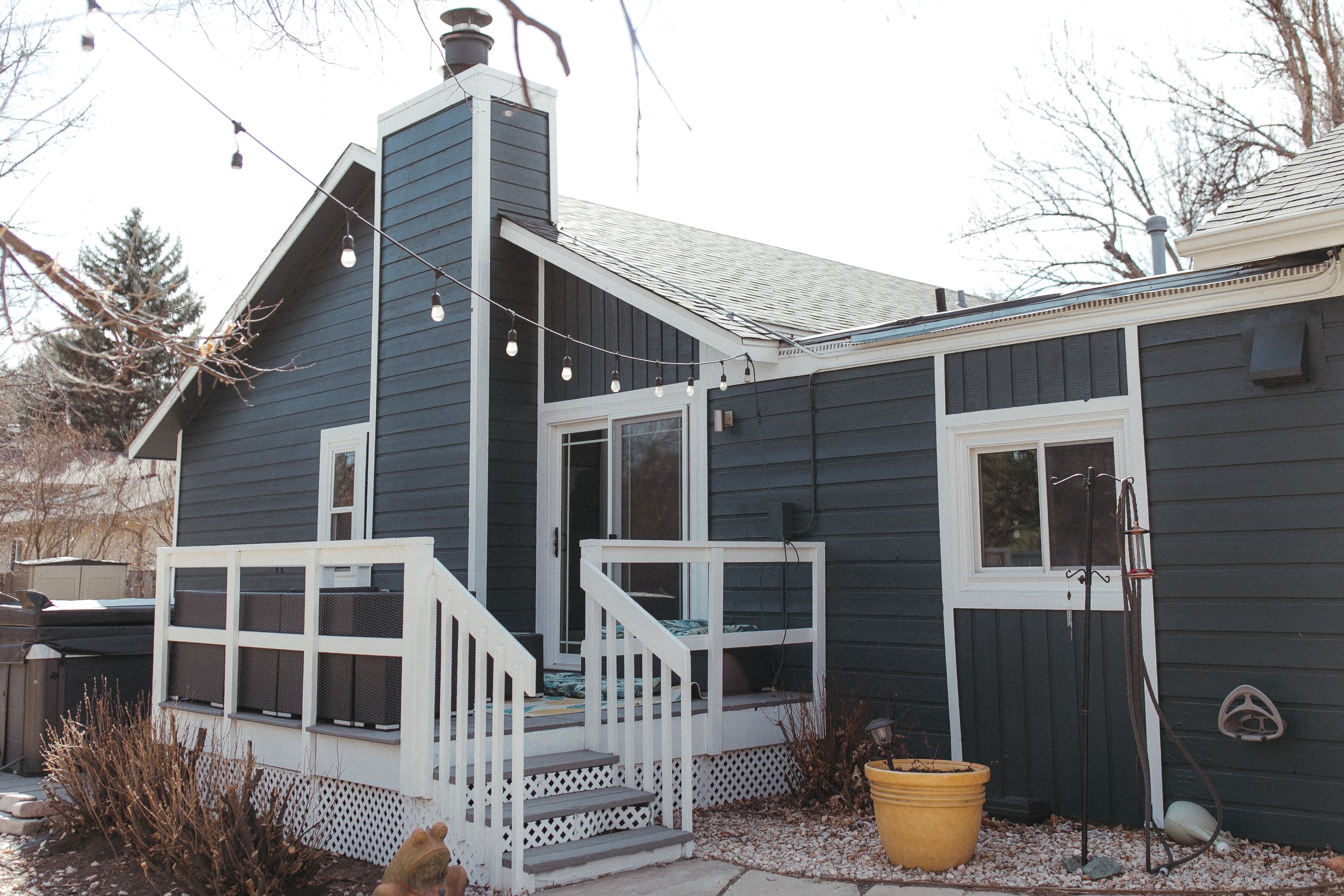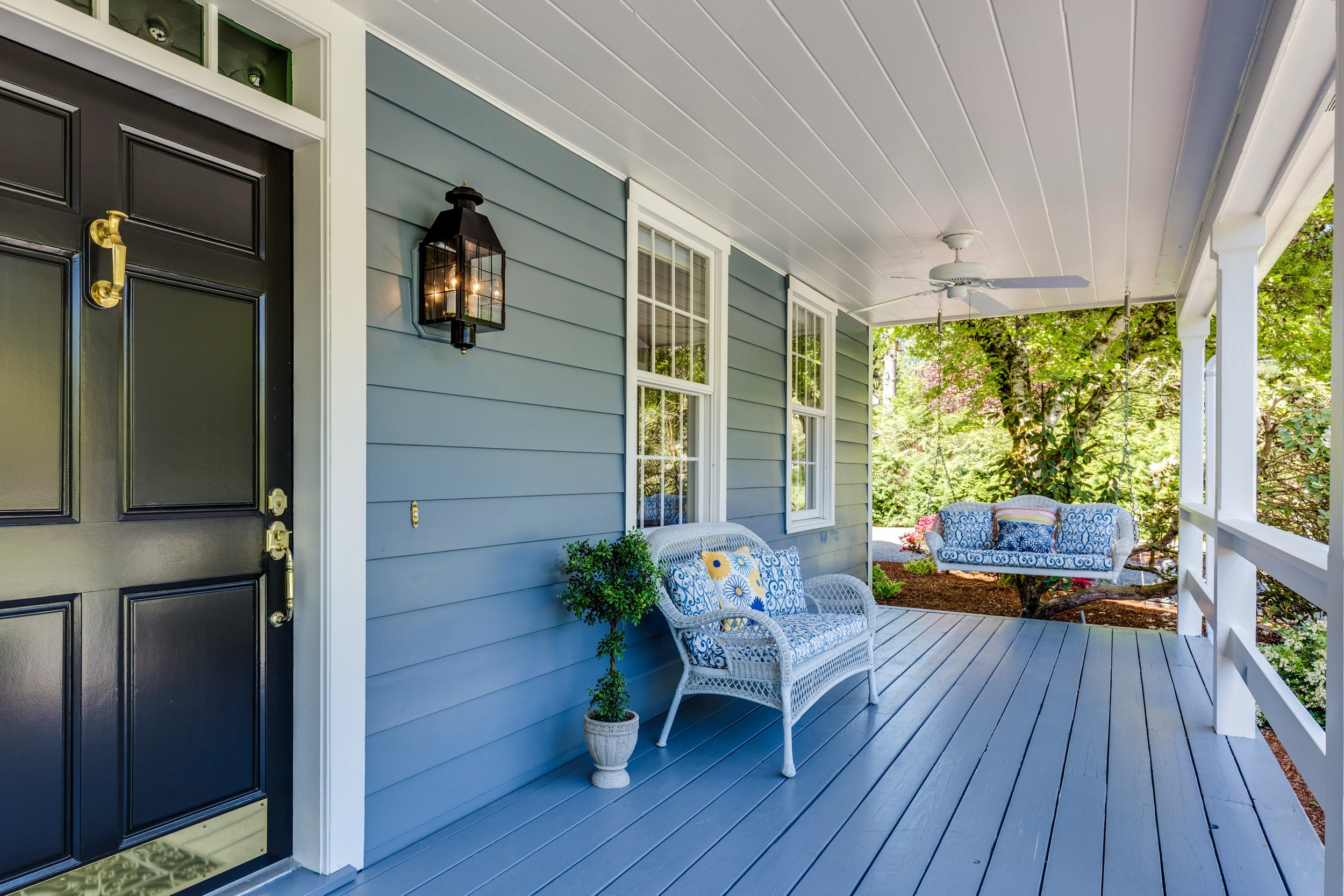When to Schedule Exterior Painting in Northern Colorado
Achieving the perfect finish on a newly painted house doesn’t come down to luck—there’s a science to a good shine. So what factors should you consider when scheduling your exterior painting? The pros at Legacy Painting give their top tips for ideal weather, conditions to look out for, and surprising elements that can end up ruining a fresh paint job.
What Are Ideal Painting Conditions?
One of the most important factors for exterior painting is temperature. A good rule of thumb is that it needs to be warmer than 35 degrees Fahrenheit and cooler than 100 degrees. Any colder than that, and you’ll run into issues like long drying times and the potential of peeling. If you’re using latex paint, it may also not be able to form a film in such cold conditions. Any warmer than 100ºF, and you could end up with wrinkling and blistering.
Ultimately, the best temperature for outdoor painting is 77 degrees. You also want the lowest level of humidity possible, which, thankfully, is easy to do here in dry Northern Colorado. For humidity, it’s recommended that the surface is more than 5ºF above the dew point.
Another factor to keep in mind is the sun. You want to avoid painting on a wall or fixture that’s experiencing direct sunlight, as it’s likely hotter than the air temperature. If it’s too hot from the sun, the surface could be outside the range of preferred temperature for uniform drying.
What to Do If You Run into Poor Conditions
Say you set out to paint on a warm, sunny day, but Colorado’s erratic weather has other plans in mind. If you’re in the middle of painting and it stops raining (or hailing), stop immediately and wait to continue until the surface is completely dry.
What about if you’ve just applied a coat, and it rains on your still-wet paint? Well, you may notice bubbles have formed in your paint. Leave these bubbles alone! They’re full of rainwater, and when that water evaporates, the bubbles may go away on their own. If the bubbles are still there a few days later, then you can look at scraping off the affected areas, sanding, and repainting.
Which Season Is Best for Exterior Painting?
In Northern Colorado, there are several seasons when you could hit that best temperature for outdoor painting. Yet, some seasons have hidden risks. These are the common problems and benefits of each season:
Summer
Pros: Lots of sunny days; warm temperatures
Cons: Quick-moving afternoon storms; can get too hot
Fall
Pros: Less humidity; less extreme weather; steady temperatures within the preferred window
Cons: Potential of debris from falling leaves
Spring
Pros: Beginning of warmer days
Cons: Most erratic time of year for weather (like snow in April!); heavy pollen can affect the paint
Winter
Pros: If it’s above 35ºF but still cool, the cold air could lead to a very even finish
Cons: Often too cold; high chance of snow or precipitation
Overall, mid-summer and early fall are considered the best times to paint a house in Northern Colorado.
Let Legacy Painting Figure Out the Logistics
Rather than constantly checking the temperature and weather forecast yourself, let Legacy Painting do the footwork. We’ll carefully monitor conditions and plan out our application to give your paint the best chance possible. If we do experience unexpected weather, you can rest assured that we’ll fix up any issues to leave you with paint that truly shines. Contact us today to schedule your outdoor painting!



